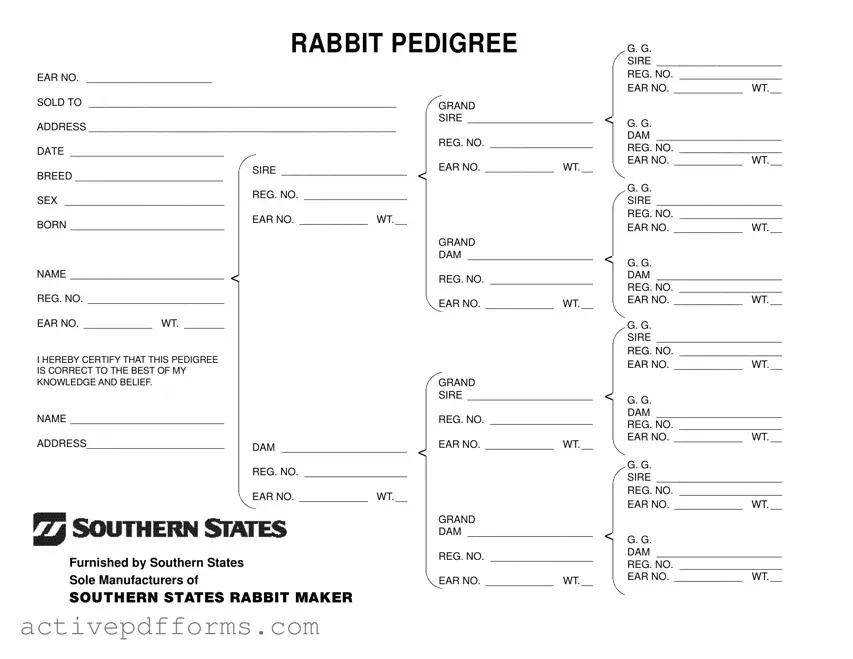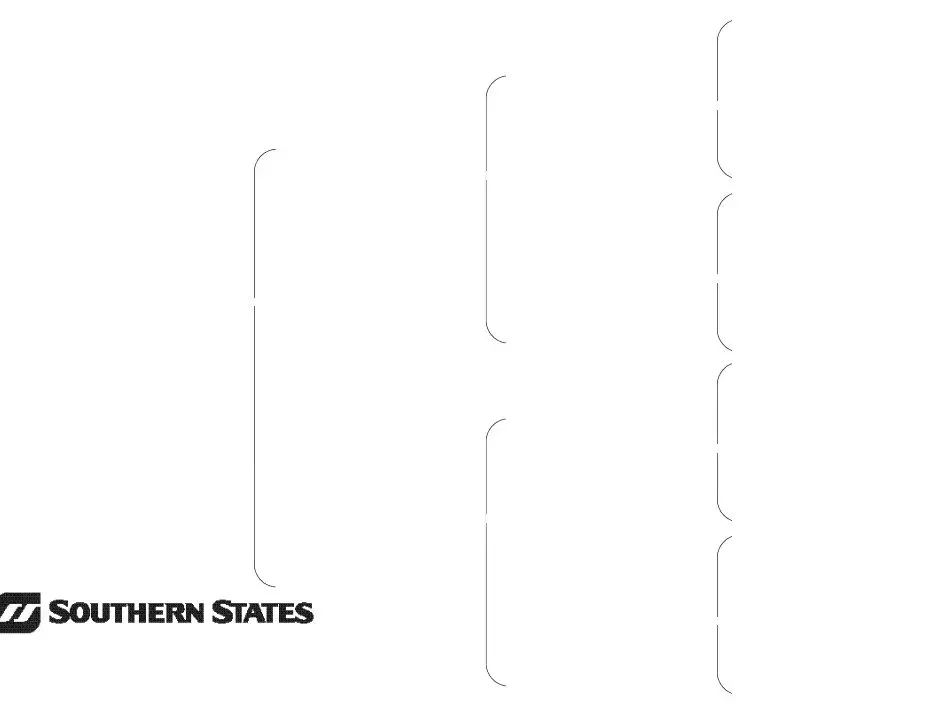Free Rabbit Pedigree PDF Template
A Rabbit Pedigree form serves as a certified document detailing the lineage and vital statistics of a rabbit, such as its breed, sex, date of birth, and weight, along with the registration numbers and ear numbers of its ancestors. This form is essential for rabbit breeders and owners who wish to track genetic information, monitor breeding outcomes, or verify the pedigree of their rabbits for shows or sales. The inclusion of detailed information about the rabbit’s direct lineage, including great grandparents (G. G. Sire and G. G. Dam), grandparents, and parents ensures a comprehensive genealogical record.
Edit Rabbit Pedigree Now

